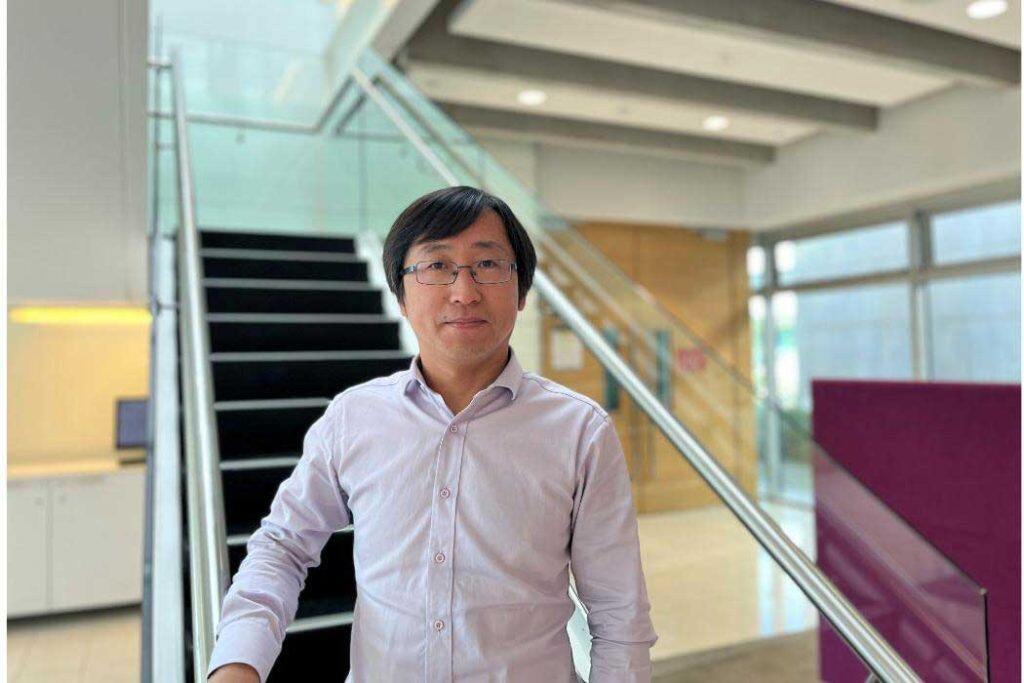A new study will explore how public buildings, including schools, could be designed to use sustainable cooling and heating technology and help New Zealand achieve its net-zero 2050 goal.


University of Canterbury Department of Civil and Natural Resources Engineering Senior Lecturer Dr Wentao Wu is leading the international research which aims to reduce carbon emissions by improving energy efficiency in large buildings.
He has received Royal Society Te Apārangi Catalyst funding to find out how the building sector could use renewable energy sources such as natural ventilation and solar energy to boost the energy performance of thermal mass – the heat absorbing potential of interior furnishings and concrete floors – creating “low-carbon buildings”.
“Global warming has urged us to search for carbon neutral solutions,” Dr Wu says. “One such solution is to transform static building structures into dynamic thermal batteries that store and use energy later on. This not only increases energy efficiency but also increases energy flexibility. By developing an analytical model of this process, we can assess the energy flexibility and efficiency of this technique in different climates.”
Currently the New Zealand building sector accounts for 9% of our total carbon emissions and the Government has committed to achieving net-zero greenhouse gas emissions by 2050.
Dr Wu is leading the project in collaboration with researchers at six universities from five countries, including Harvard University in the United States, Cardiff University, the United Kingdom, and China’s Chonqing University.
Dr Wu says one solution towards designing low-emission buildings is to use cooler outside air at night to ventilate spaces inside a building. The low-temperature outdoor night-time air cools down materials inside the building, such as concrete slab floors, so they can act as a heat sink, absorbing heat the following day and reducing the need for air conditioning systems to be used.
In winter, he believes solar-heated water pipes placed inside concrete floors could be used instead of traditional electric heating systems.
“A combination of night-time ventilation in summer and passive heating in winter transforms thermal mass into a kind of thermal battery that is fuelled for a short time by renewable energy sources including natural ventilation and sunlight,” Dr Wu says.
He hopes to develop a design and retrofit guideline that will help policy makers, architects and builders create buildings that are more energy efficient, reducing carbon emissions in the sector.
“Better building design can reduce energy costs by using thermal mass to reduce energy demand, especially at peak times. It also helps reduce carbon emissions related to buildings which is better for our environment. Even small steps such as opening windows at night for ventilation and making sure curtains are open during the day can make a difference and help harness natural, low-cost cooling and heating.”
Dr Wu recently carried out research in the United States, funded by the US National Science Foundation, that demonstrated the effectiveness of using night-time ventilation systems to cool down the interiors of buildings so they can act as a heat sink the following day.
The technique was shown to achieve annual energy savings of over 600KWh for a 100 sqm building – similar to an average New Zealand home’s monthly energy usage.
Read more stories about how University of Canterbury researchers are contributing to Aotearoa New Zealand reaching its energy goals by 2050.







































